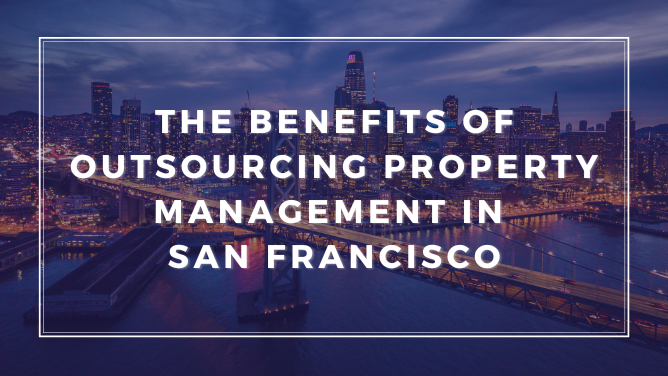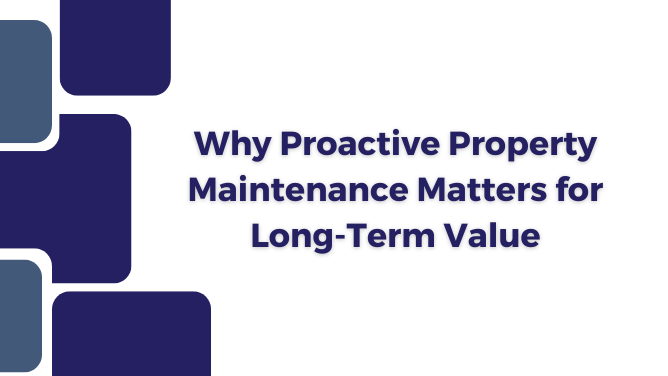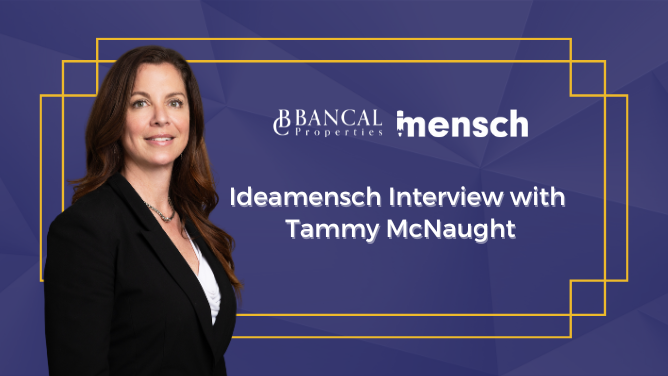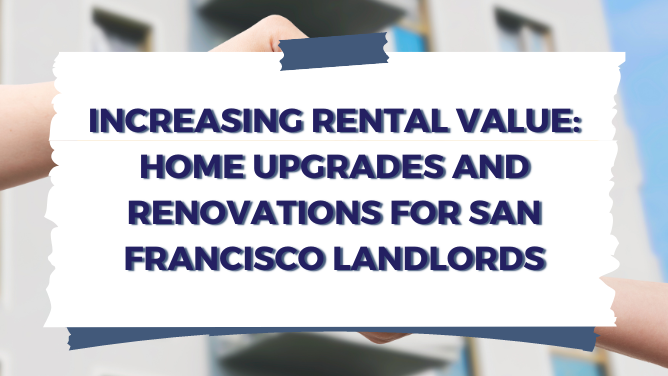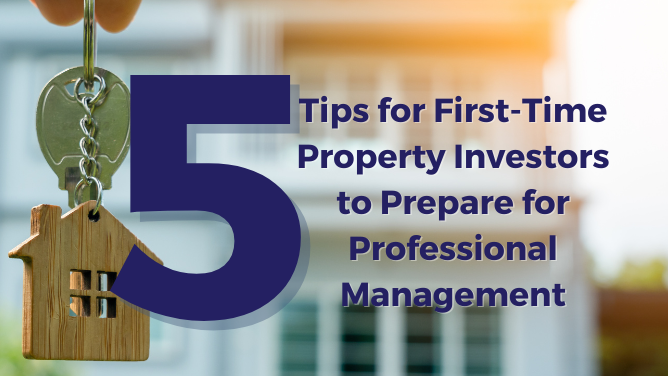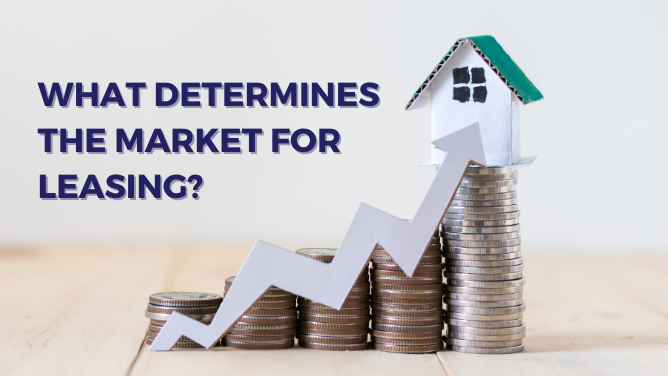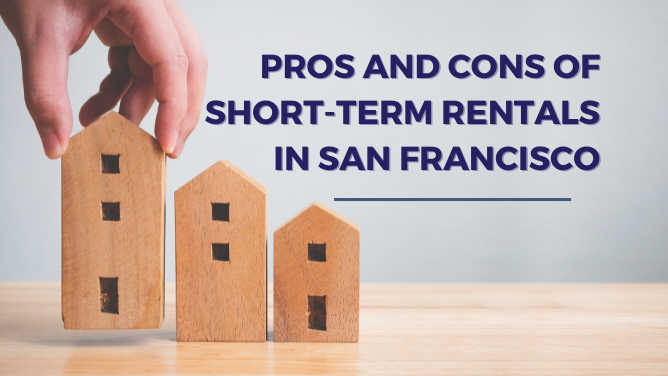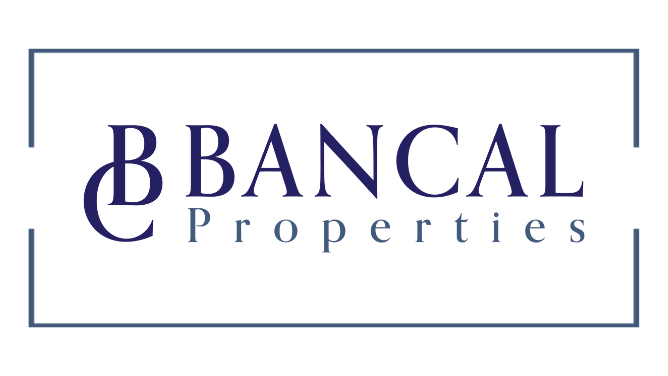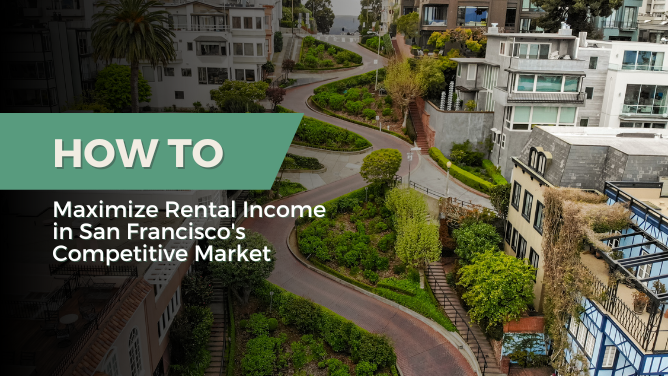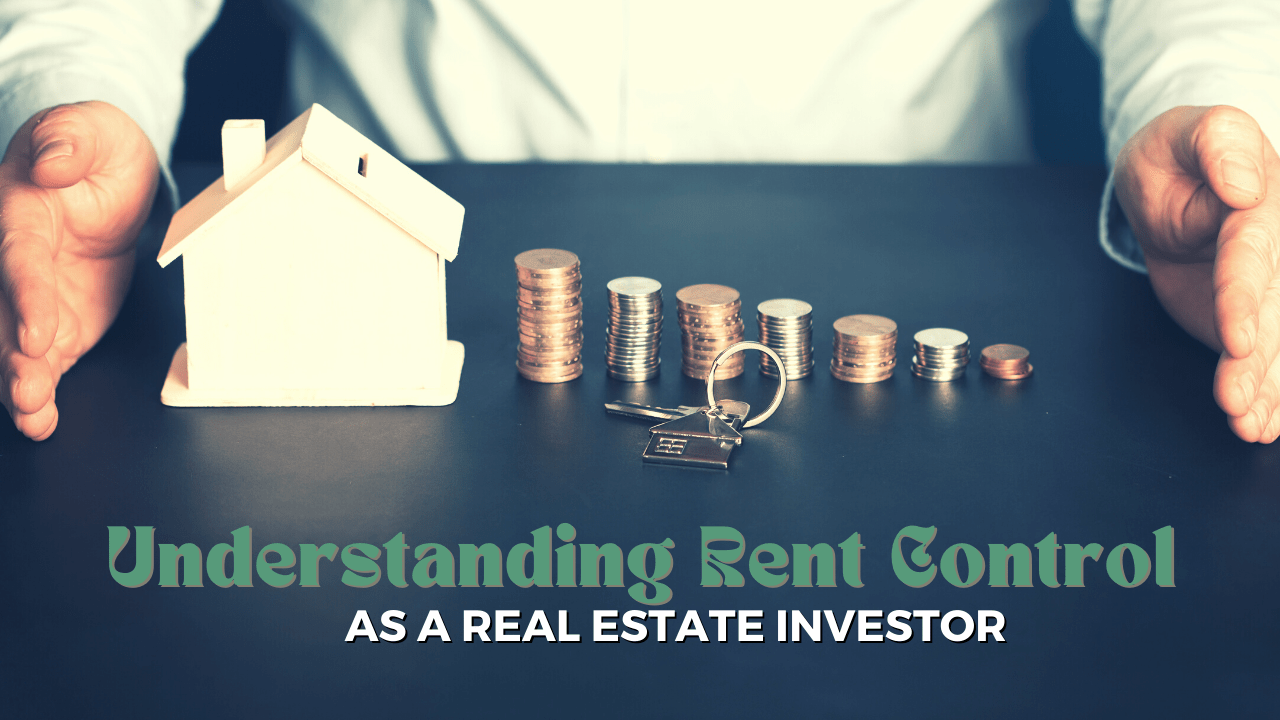Unlocking Profits: A Comprehensive Guide for Apartment Investors in San Francisco, Part 1
San Francisco, a city synonymous with innovation and ambition, presents incredible opportunities for apartment investors eager to unlock their profit potential. With its vibrant culture, booming tech industry, and ever-growing rental market, understanding the nuances of this real estate landscape is crucial for success. Whether you're a seasoned investor or new to the game, navigating the intricacies of apartment investing in the City by the Bay requires knowledge, strategy, and a keen eye for market trends. In this comprehensive guide, we will demystify the investment process, providing valuable insights into the local market, financing options, and tips for maximizing returns. As you embark on this journey, prepare to explore the myriad possibilities that await you and equip yourself with the tools needed to turn your investment dreams into reality. Get ready to dive deep into apartment investing in San Francisco and discover how to transform property into profit!

Overview of the San Francisco Apartment Market
San Francisco has long been one of the most coveted real estate markets in the United States. Its unique blend of cultural diversity, economic opportunities, and scenic beauty makes it an attractive destination for residents and investors. As the hub of the technology industry, the city attracts a young, affluent demographic, which fuels constant demand for rental housing. This demand, coupled with limited land availability and stringent building regulations, has driven property prices and rental rates to some of the highest levels in the nation.
Despite the high costs, investing in San Francisco's apartment market can be exceptionally lucrative. The city's strong economy, driven by sectors such as technology, finance, and tourism, ensures a steady stream of potential tenants. Moreover, the city's commitment to sustainable growth and urban development ensures that properties are well-maintained and desirable. Investors who can navigate this competitive market stand to benefit significantly from both rental income and property appreciation.
However, the San Francisco apartment market is not without its challenges. The high cost of entry, coupled with complex regulatory requirements, can be daunting for new investors. Additionally, the city's vulnerability to economic fluctuations and natural disasters, such as earthquakes, adds an element of risk. Nonetheless, with careful planning and strategic investments, the rewards can far outweigh the risks, making San Francisco an appealing option for those looking to unlock substantial profits from apartment investments.
Key Factors Driving Apartment Investment in San Francisco
Several key factors drive apartment investment in San Francisco, making it a compelling choice for investors. The city's thriving job market is perhaps the most significant driver. Home to major tech companies like Google, Apple, and Salesforce, San Francisco attracts national and international professionals. This influx of high-income individuals creates a strong demand for rental properties, particularly in desirable neighborhoods close to workplaces.
Another key factor is the limited supply of housing. San Francisco's geographical constraints, coupled with stringent zoning laws and building regulations, limit the availability of new housing developments. This scarcity drives up property values and rental rates, creating a competitive market where well-located apartments can command premium prices. For investors, this means the potential for high returns on investment, particularly in areas with limited housing options.
Cultural and lifestyle factors also play a significant role. San Francisco's rich cultural scene, vibrant nightlife, and outdoor recreational opportunities make it an attractive place to live. The city's diverse population and inclusive community further enhance its appeal. As a result, there is a consistent demand for rental properties from individuals drawn to the city's unique lifestyle. Investors who provide for this demand by offering well-maintained, desirable apartments can enjoy steady rental income and strong occupancy rates.
Understanding the Local Real Estate Regulations
Navigating the local real estate regulations in San Francisco is crucial for apartment investors. The city is known for its strict and complex regulatory environment, which can be challenging for new and seasoned investors. Understanding these regulations is essential to ensure compliance and avoid potential legal issues that could impact the profitability of your investment.
One of the most significant regulatory considerations is San Francisco's rent control laws. The city has some of the country's most stringent rent control regulations, designed to protect tenants from excessive rent increases. These laws limit the amount landlords can raise rents annually and provide tenants with strong eviction protections. While rent control can stabilize rental income, it also means that investors must carefully consider the potential for limited rent growth when evaluating investment opportunities.
Another important regulation is the permitting process for property renovations and improvements. San Francisco has stringent building codes and a rigorous permitting process that can delay or complicate property upgrades. Investors planning to undertake significant renovations must factor in the time and costs of obtaining the necessary permits. Additionally, understanding zoning laws and land use regulations is critical, as these dictate what types of developments are allowed in different areas of the city.
Analyzing Neighborhoods: Where to Invest in San Francisco
Choosing the right neighborhood is a critical component of successful apartment investing in San Francisco. Each neighborhood has unique characteristics, demographics, and market dynamics, which can significantly impact rental income and property appreciation. Conducting thorough research and analysis of different neighborhoods will help investors identify the areas with the best potential for profitable investments.
The Mission District, known for its vibrant arts scene and diverse community, is one of the city's most sought-after neighborhoods. With its trendy restaurants, bars, and cultural institutions, the Mission District attracts young professionals and creatives, driving demand for rental properties. The neighborhood's central location and excellent public transportation options further enhance its appeal. However, property prices in the Mission District can be high, so investors must weigh the potential for rental income against the cost of entry.
Another neighborhood worth considering is SoMa (South of Market), home to many tech companies and startups. SoMa's proximity to the Financial District and major tech employers makes it a popular choice for young professionals working in the tech industry. The neighborhood offers a mix of modern high-rise apartments and historic lofts, catering to a diverse tenant base. Investors in SoMa can benefit from high rental demand and the potential for property appreciation as the neighborhood develops.
For investors seeking more affordable options, neighborhoods like Outer Sunset and Bayview offer potential opportunities. These areas may not have the same level of demand as more central neighborhoods, but they can provide attractive investment opportunities at lower price points. As the city grows and develops, these neighborhoods may experience increased demand, leading to potential appreciation and higher rental incomes.
Financial Considerations for Apartment Investors
Financial planning is a cornerstone of successful apartment investing in San Francisco. Given the high property prices and competitive market, investors must carefully evaluate their financial options and create a robust investment strategy. This involves understanding the different financing options available, assessing the potential returns on investment, and planning for ongoing expenses such as property maintenance and management.
One of the first steps in the financial planning process is securing financing. Given the high cost of real estate in San Francisco, most investors will need to obtain a mortgage or other financing to purchase an apartment property. Traditional bank loans are common, but investors may also consider alternative financing options such as private lenders, crowdfunding, or real estate investment trusts (REITs). Each financing option has advantages and disadvantages, so investors should carefully evaluate their options to find the best fit for their investment strategy.
In addition to securing financing, investors must evaluate potential returns on their investment. This involves analyzing expected rental income, property appreciation, and any tax benefits of owning rental property. Calculating projected cash flow by accounting for mortgage payments, property taxes, insurance, maintenance costs, and property management fees is essential. A positive cash flow indicates the property generates income after covering all expenses, while a negative cash flow may signal that the investment is not financially viable.
Exploring rehab loans can be a valuable option for investors considering renovations or improvements to increase property value and rental income. Learn more in our detailed guides: Part 1 and Part 2.

Stay tuned for Part 2!
In the next section, we’ll dive into strategies to help you get even more out of your apartment investments in San Francisco. We’ll cover tips on managing your property efficiently, using tech to streamline operations, and ways to stay ahead in this competitive market. You won’t want to miss it!
Contact us today to see how
BanCal Properties can help you maximize your rental income and optimize your investment strategy.
